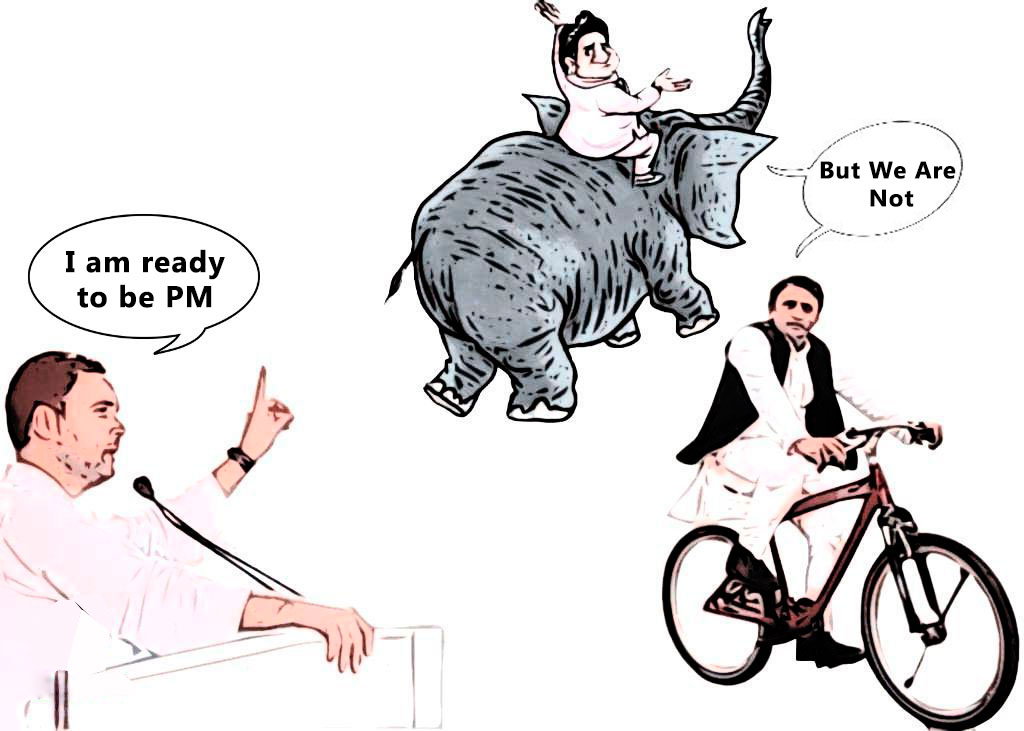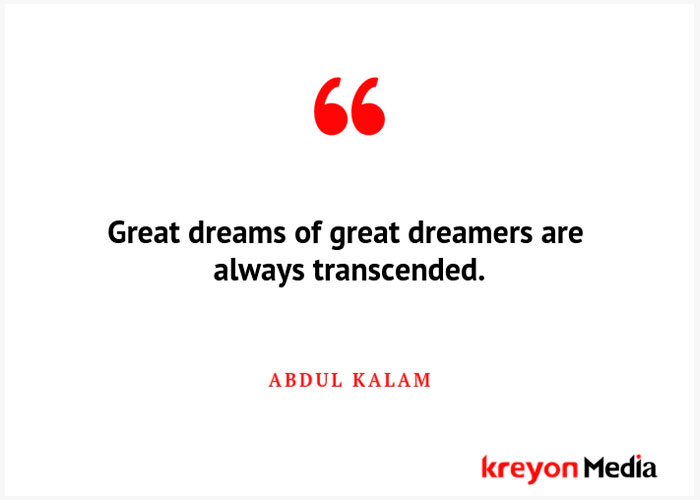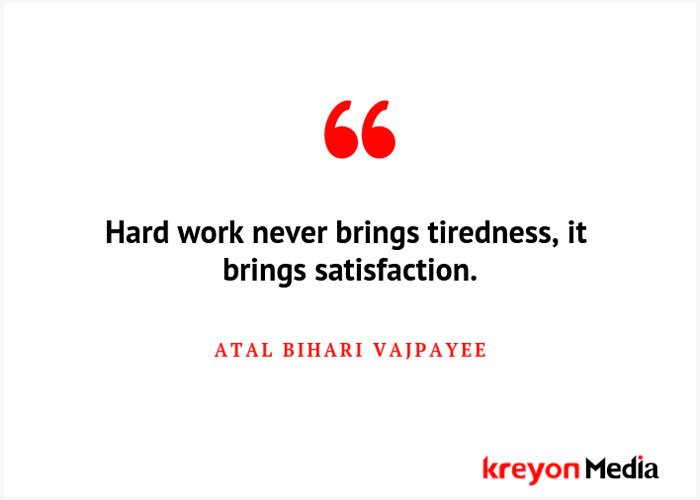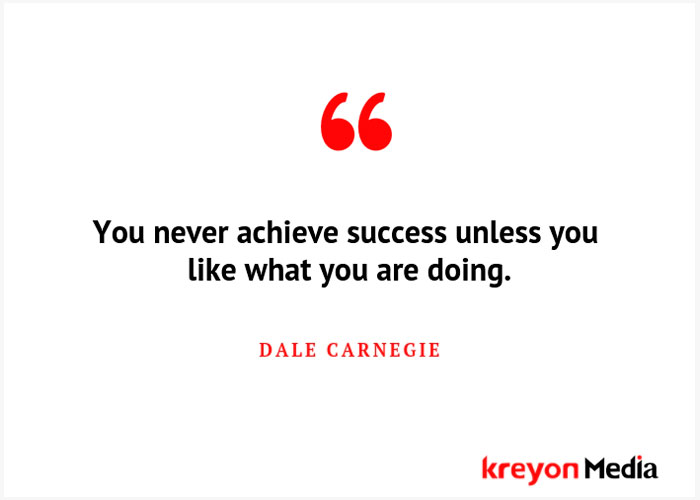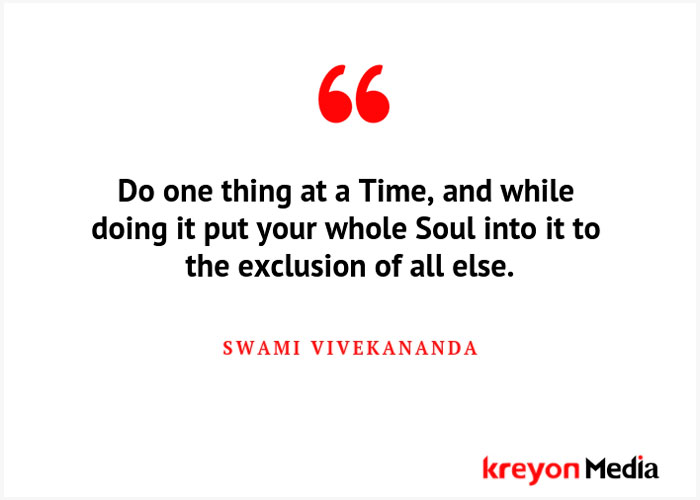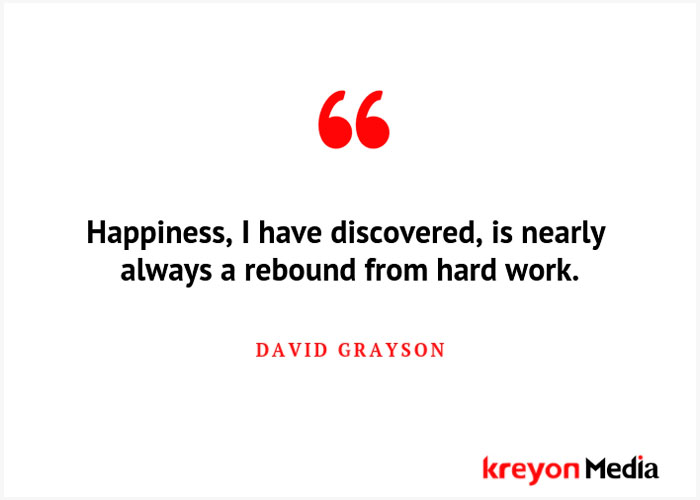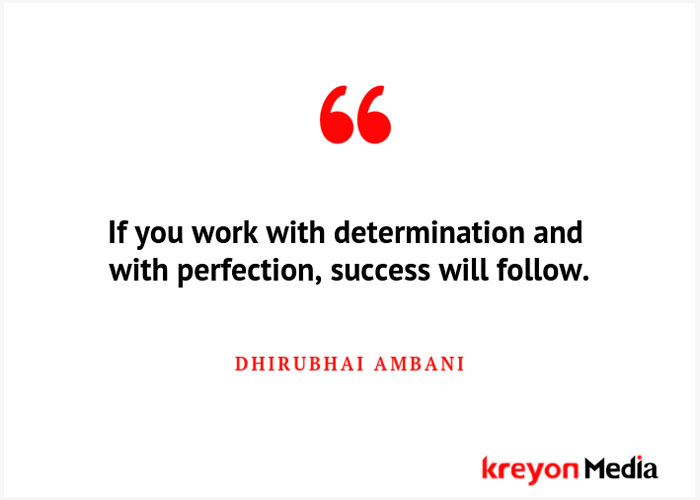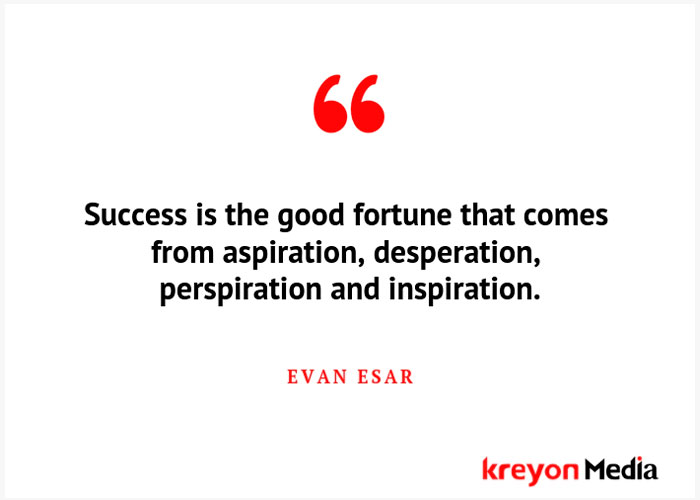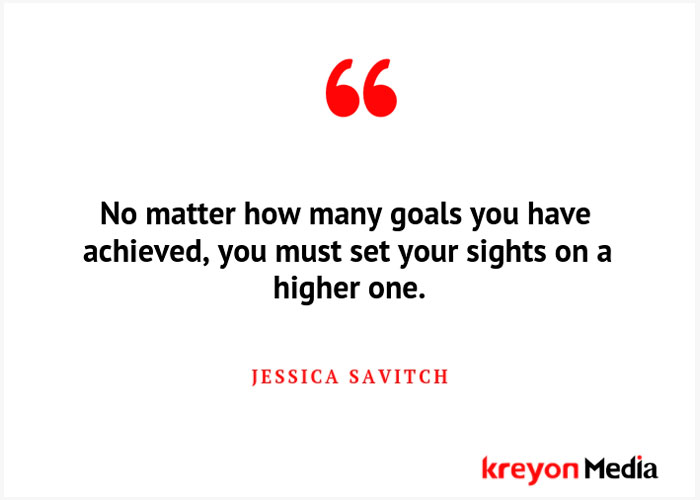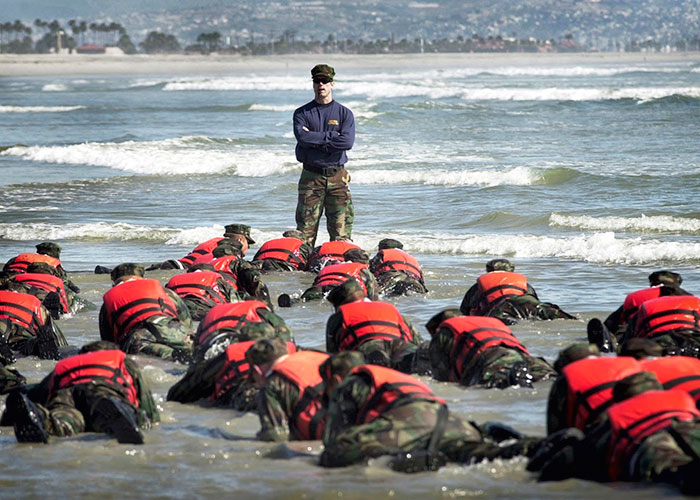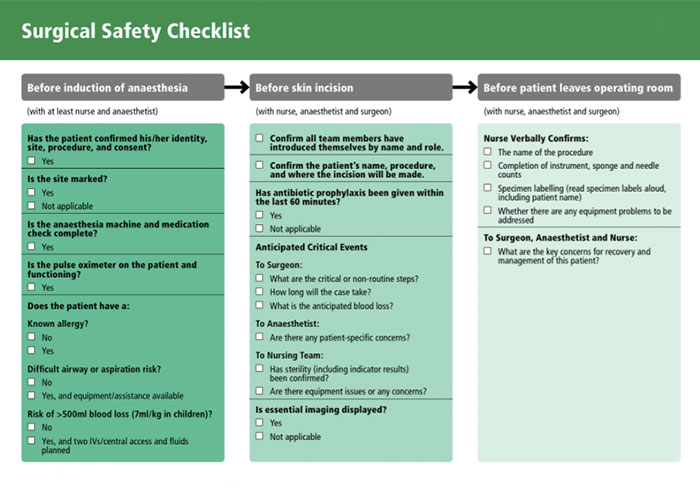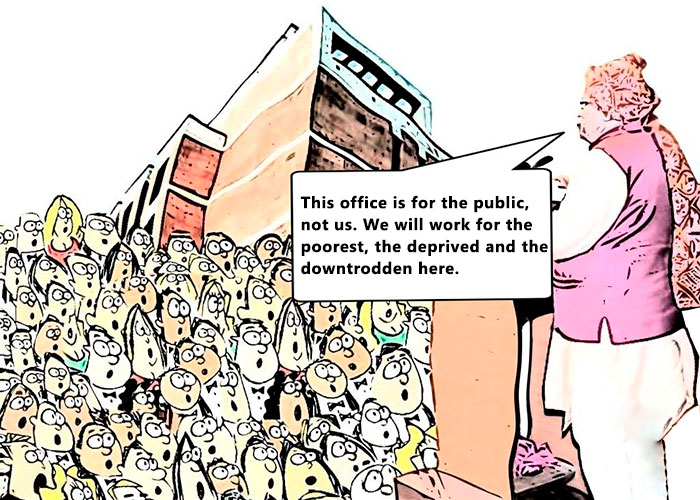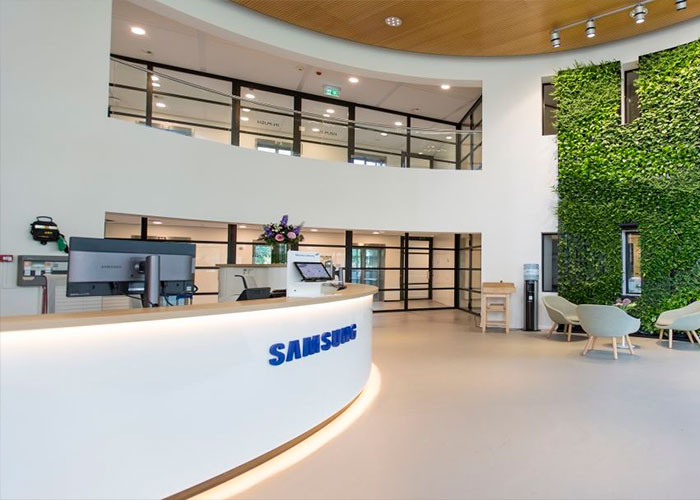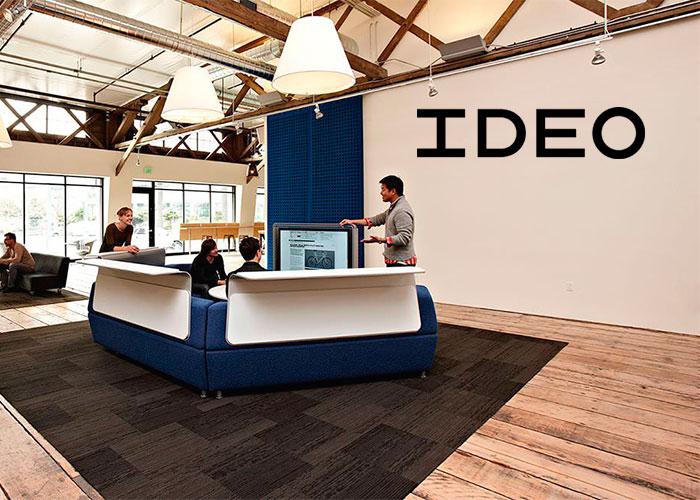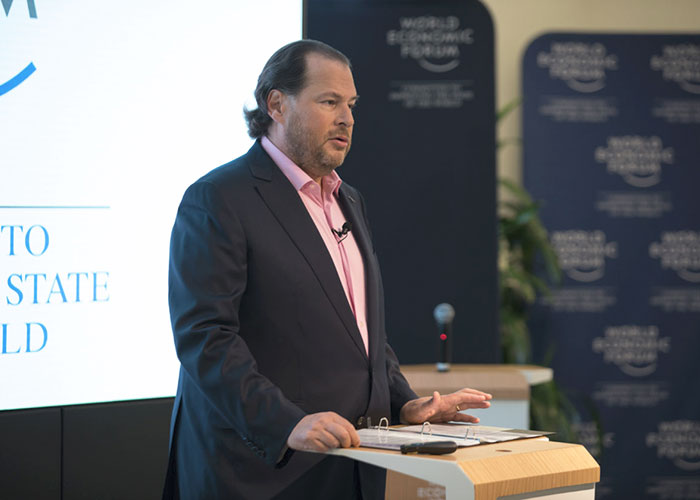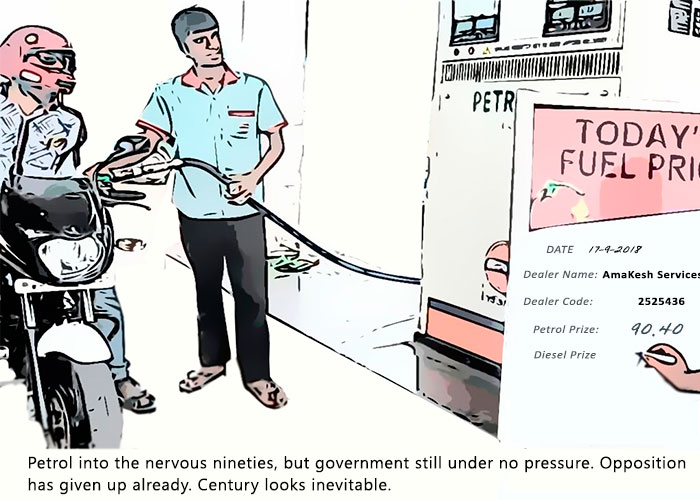Britain set to invest US $ 1.7 billion in India and South Asia region reveals UK’s financial institution, CDC Group

CDC group, UK government-owned development finance institution recently celebrated 30 years of investing in Indian businesses. The event was hosted by British High Commission in Delhi.
CDC’s Chief Executive Nick O’Donohoe said, “CDC aims to invest the US$1.7 billion in businesses and sectors that can change lives, but are short of capital. Our focus will be on job-creating sectors and on businesses that can makes goods and services more affordable for the common man.”
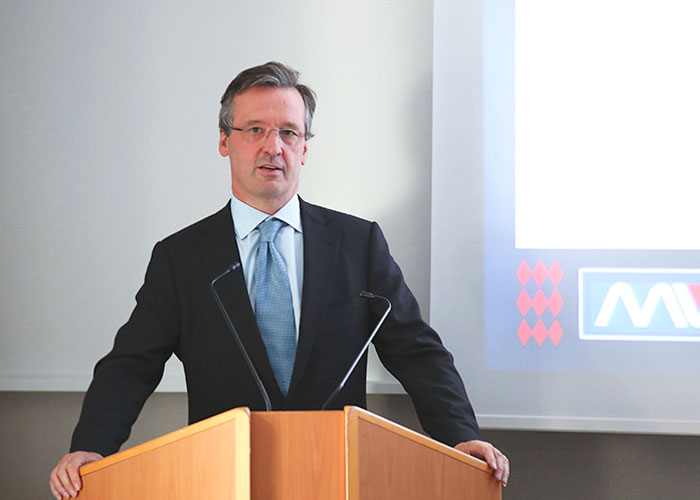
A large part of the investment will be made in Indian businesses. The CDC’s investment will be boost Indian businesses.
The CDC group aims to invest in infrastructure, healthcare, agribusiness and financial services. The major focus will be reducing the cost for the common man and making the services available to a wider audience.

The CDC group started working in India in 1988. They made their first investment then. Currently, the group is working with several Indian business leaders, government representative and plethora of industries. They have over 300 investments in their portfolio.
Over the last 30 years, the CDC backed companies have resulted in more than 350,000 direct jobs and an investment portfolio of over US $1.6 billion.
The CDC group remains committed to impact investing and has notable companies in its portfolio like Apollo Tyres, UTI Bank, IDFC, Equitas, and Glenmark Pharmaceuticals.
The CDC group also invested US $27.5 million in the ecommerce and apparel e-tailer Jabong in 2014 before it was acquired by Flipkart.
The CDC group is working with the likes of Kotak for affordable housing in Indian states. Nick O’Donohoe further said, “We’re doing this while generating financial returns for the UK taxpayer and encouraging outside investors into the region. A great example of the UK and India acting as a joint force for good.”

O’Donohoe said, “The unique characteristic of India — its large population base, scarce quality resources, and mass tech adoption means that technologies such as artificial intelligence can be disruptive in a hugely positive way.”
As per CDC Chief, “India is a country that has enjoyed significant growth and in the next decade will leapfrog Europe’s biggest economies, to become the world’s third largest. CDC’s long term capital and expertise can help to overcome some of the development challenges in India.”

Programs like UK-India Tech partnership were announced by Prime Ministers of UK and India in April this year. The aim of this partnership is to leverage UK’s expertise and India’s technological prowess for tacking growth challenges.
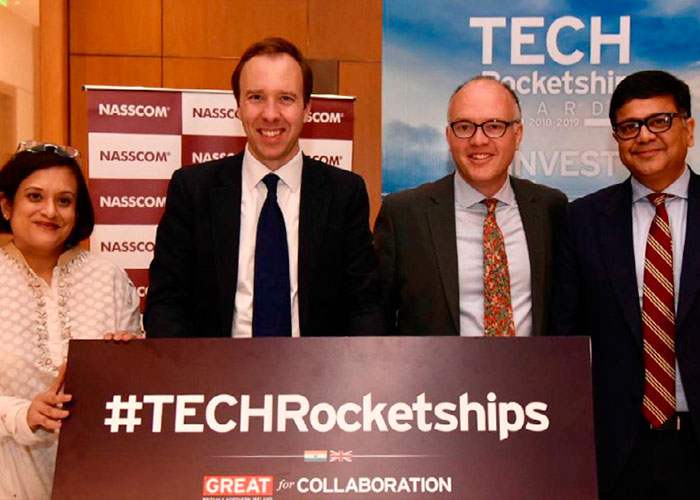
The technology sector in India is drawing major funds and resources from around the globe. India is home to the third largest technology start-ups in the world now.
India’s growth is fueled by the second largest internet users in the world with over 460 million users. There is a large market and entrepreneurial culture geared to leverage technology for solving problems.

